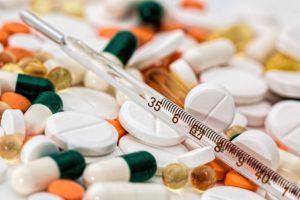To qualify for the Research and Development Tax Credit an activity must meet all four items of the “Four-Part Test”. The IRS Four-Part Test requires: a new or improved business component (product, process, technique, invention, formula or software), the business component to be technological in nature, some kind of elimination of uncertainty, and a process of experimentation.
Companies within the life sciences industry conduct qualified research activities (QRAs) on a daily basis. Yet, most of the time they don’t take full advantage of this valuable tax incentive because they aren’t aware that QRAs can be conducted outside R&D labs or by employees without lab coats and highly technical degrees. Thus, companies within the pharmaceutical, biotechnical or biomedical industry can claim their prototyping, process development and testing phases which sometimes don’t occur in the Research & Development departments.

Here are a few examples of some activities within the life sciences industry that are eligible for the R&D Tax Credit:
• Designing drugs and chemical compounds.
• Developing and testing new and existing drugs and chemical compounds.
• Creating prototypes for new products.
• Testing products to meet government regulation requirements.
• Improving a drug’s shelf life.
• Developing new techniques, manufacturing processes, and formulas.
